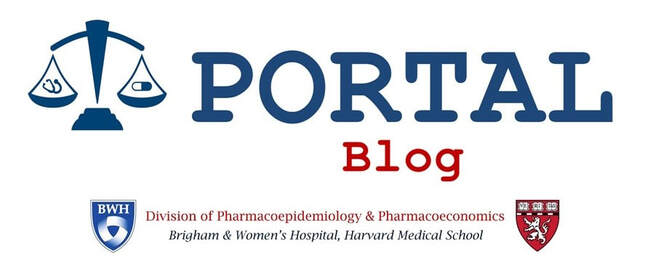|
Michael S. Sinha
Antimicrobial resistance is a very real public health concern, but existing incentives have largely failed to stimulate a robust pipeline of antibiotic development. There are two major types of incentives. "Push incentives" come in the form of early funding of research and development that helps "push" a drug through trials and toward approval. In contrast, "pull incentives" come in the form of lucrative awards for successful drug approvals, intended to "pull" manufacturers toward targeted research and development. Most recently-proposed legislative incentives for antibiotic development largely fall into the latter category. The 21st Century Cures Act's Limited Population Pathway reduced the evidentiary threshold for antibiotic approval. The GAIN Act's Qualified Infectious Disease Product (QIDP) designation doubles the length of Hatch-Waxman exclusivity for qualifying antibiotics (from 5 to 10 years). Another program offers priority review vouchers (PRVs) for drugs to treat tropical diseases, which can be redeemed to expedite FDA review of future drug applications. Finally, wildcard vouchers have been proposed to extend patent exclusivity of marketed drugs in exchange for successful approval of a new antibiotic. A new article by PORTAL researchers in The Journal of Infectious Diseases reviews the latest pull incentives for developing novel antibiotics, which increase reimbursement by the Centers for Medicare and Medicaid Services for inpatient use of new antibiotics. We argue that such financial incentives will—like the other pull incentives described above—continue to favor new antibiotics with limited additional value over existing therapies. We instead recommend incentives that promote the development of better therapies that advance the care of patients with resistant infections. Comments are closed.
|
AuthorPORTAL Blog posts are authored by PORTAL faculty, trainees, and collaborators. Archives
January 2022
Categories |
|
Program On Regulation, Therapeutics And Law (PORTAL)
Division of Pharmacoepidemiology and Pharmacoeconomics 1620 Tremont Street, Suite 3030 Boston, MA 02120 |



 RSS Feed
RSS Feed
